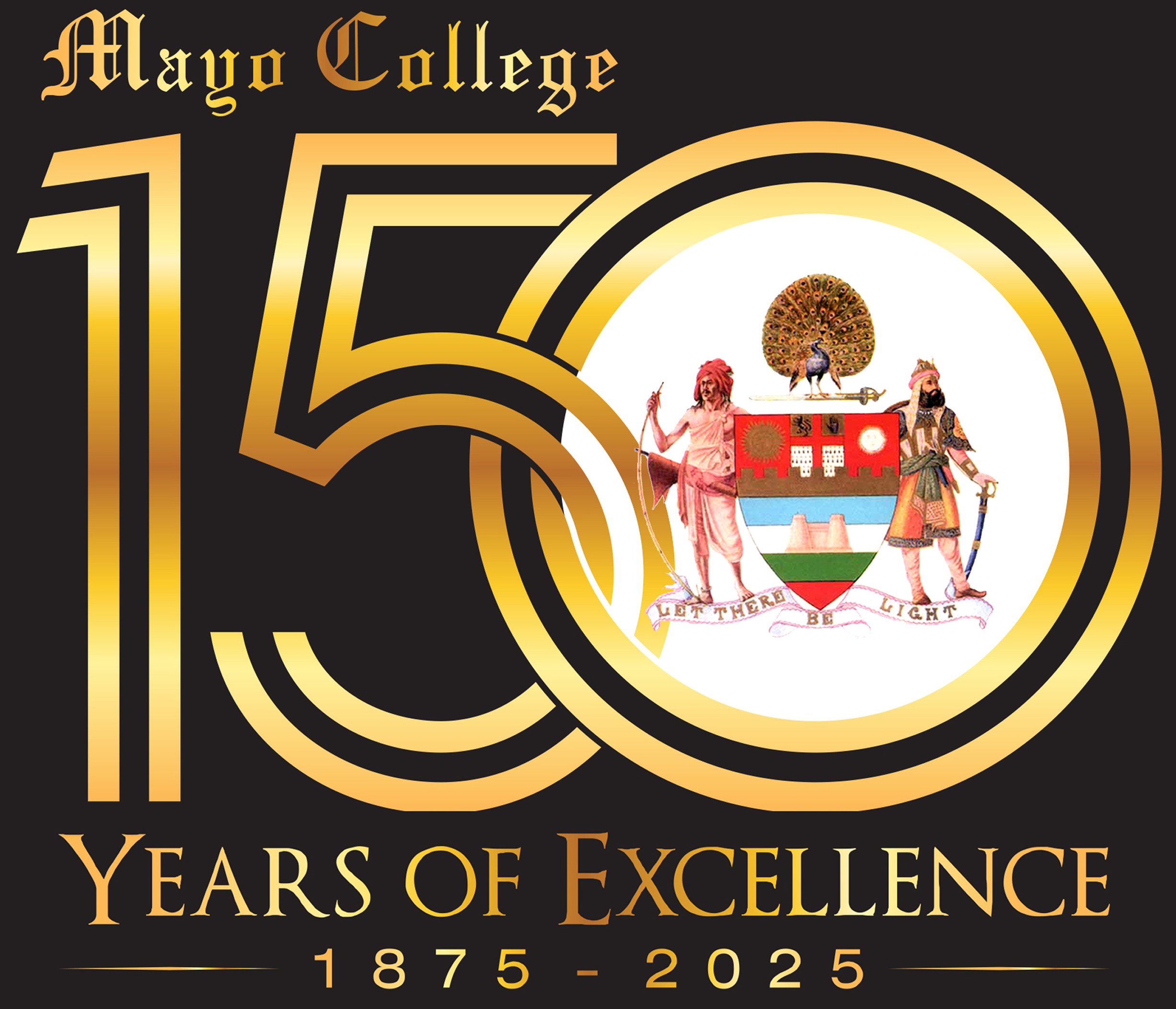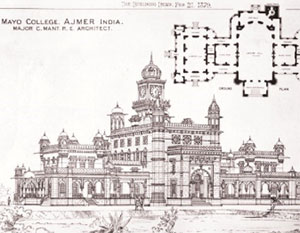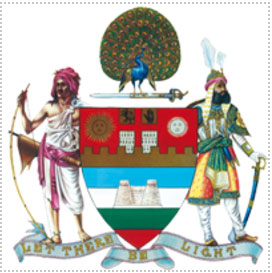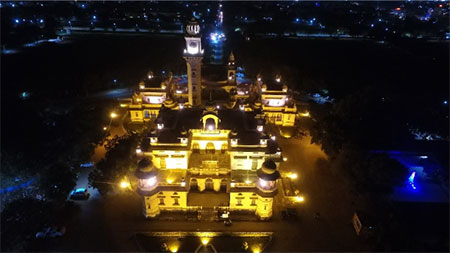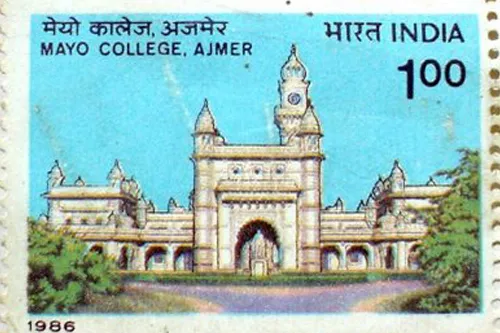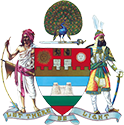
Mayo Legacy
Mayo College, one of India's oldest public schools, was founded in 1875. Its origins trace back to 1869 when Lt. Col. F.K.M. Walter proposed a school for well-rounded education. In 1870, Lord Mayo, then Viceroy, envisioned a 'Raj Kumar College' in Ajmer for the education of royal heirs. The college began with Maharaja Mangal Singh of Alwar as its first student, under Principal Sir Oliver St. John. The iconic Main Building, designed by Major Mant, was completed in 1885. Over time, the school evolved, welcoming students from diverse backgrounds and offering extensive facilities to support their education.
Architecture
Several designs were submitted in Grecian, Indo-Saracenic and Kolhapur styles by different engineers. The viceroy finally adopted Major Mant's Indo-Saracenic design in June 1875. The construction began in 1877 and was completed in 1885 at a cost of 3.28 lakhs. Major Mant's design became a classic symbol of Indo-Saracenic architecture and apart from being quoted in architectural courses even today, the design now lies in the archives of the British Museum in London.
Ajmer, the city where the Dargah of the Great Sufi Saint Khwaja Moinuddin Chishti stands, is a sacred center of pilgrimage. Hallowed by the memories of the great seer, Ajmer has earned the epithet of Madinatul Hind or the Madina of India.
Bharatpur Agency
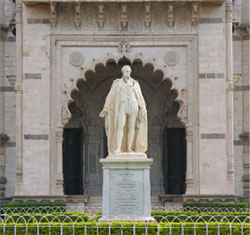
It is no easy matter to decide what course we ought to pursue in order to ensure to the sons of the aristocracy of this country a liberal and enlightened education, but I think the time has or must shortly come when the government of India must find itself compelled to move in the matter. When the natural guardians are alive, we could of course only earnestly press and urge upon them the desirability of receiving every advantage that education can offer to their children, but whereas in the case of Bharatpur, the government becomes the guardian of the minor I think we ought in future, without fear of consequences on the score of prejudice or misinterpretation of our intentions, to insist open the youth being brought up as gentlemen should be. But to carry this into effect, we must first of all establish an Eton in India. We require a college on an extensive scale, with ample accommodation within its walls for a large number of pupils and the followers (few in number of course) who would accompany them.
A complete staff of thoroughly educated gentlemen, not merely bookworms, but men fond of field sports and outdoor exercise, would be necessary, and with these should be associated the elite of the Native gentlemen belonging to the Educational Department. The pupils, or rather their guardians, the tutors, should be allowed ample funds from the coffers of the state to which the minor belonged, and the holidays should be spent in constant travel all over the Continent of India, with an occasional visit to their homes. Many will say that such a scheme is impossible; I admit that it is surrounded with difficulties, but I do not think they are insuperable. If we desire to raise the Chiefs of India to the standard which they must attain to keep pace with the ever advancing spirit of the age, if we wish to make clear to them that our only object is to perpetuate their dynasties, and to make them worthy feudatories of the crown of England, we must place within their sons a better education that they can now possibly obtain. Then, and not till then, we can hope to the native Princes of India occupying the position they ought to hold as the promoters of peace, prosperity and progress amongst their own people, and the hearty supporters of British authority and power.
Coat of Arms
Coat of Arms This was composed from the design furnished by Mr.Lockwood Kipling, a former Principal of the School of Arts, Lahore and father of the famous Rudyard Kipling. In the Upper Centre of the Shield are Mayo Arms, and Quarterings, a Lion Rampant and an Open Hand. On the right and left are the Sun and the Moon, typical of Suryawanshi and Chandrawanshi, the two great families of Rajputs. Below are the Panch Rang, the five sacred colours of the Rajputs, Red, Gold, Blue, White and Green. In the centre is a Rajput fort - two towers connected by a curtain. On the right is a Bhil warrior with string bow and quiver full of arrows. On the left is a Rajput, well armed, wearing a steel helmet with three plumes, a shield on his back, a dagger and qatar in his belt, and a suit of chain covered with embroidered cloth and gauntlet on his hand.
The motto is Let there be Light. The badge is a peacock, the sacred bird of Rajputana, standing on a two edged, two handed Rajput Sword Khanda.
Eton of the East
Mayo College has been called the “Eton of the East” since its founding in 1870 AD. This is best expressed in the words of Lord Lytton, Viceroy of India on his visit to Mayo as the Chief Guest on the Annual Prize Giving day on Dec 5, 1879.
“There are I think many points of resemblance between the great Rajput clans and the English houses founded by our northern ancestors. Both of them owe to the same characteristics the positions they have made, and still maintain for themselves in the political hierarchy of an ancient race. Those characteristics are energy, fearlessness, the love of healthful exercise, an instinctive aptitude for active life, an instinctive scorn for all unmanly ease. No race, no class can long maintain its social and moral ascendancy if it degenerates in physical vigor. And it is perhaps a special merit of our English system of education that it aims at training, developing and strengthening not only the mind but also the body. The idea was well expressed long ago by Colonel Walter in an excellent and most suggestive report which may have influenced Lord Mayo when he founded the present college. In that very sensible report Colonel Walter pointed out that what was then most needed for the education of India’s young rulers and nobles was an Indian Eton. Ajmer is India’s Eton and you are India’s Eton boys.”
A complete staff of thoroughly educated gentlemen, not merely bookworms, but men fond of field sports and outdoor exercise, would be necessary, and with these should be associated the elite of the Native gentlemen belonging to the Educational Department. The pupils, or rather their guardians, the tutors, should be allowed ample funds from the coffers of the state to which the minor belonged, and the holidays should be spent in constant travel all over the Continent of India, with an occasional visit to their homes. Many will say that such a scheme is impossible; I admit that it is surrounded with difficulties, but I do not think they are insuperable. If we desire to raise the Chiefs of India to the standard which they must attain to keep pace with the ever advancing spirit of the age, if we wish to make clear to them that our only object is to perpetuate their dynasties, and to make them worthy feudatories of the crown of England, we must place within their sons a better education that they can now possibly obtain. Then, and not till then, we can hope to the native Princes of India occupying the position they ought to hold as the promoters of peace, prosperity and progress amongst their own people, and the hearty supporters of British authority and power.
Mayo Stamp
Mayo Stamp In what could be termed as the ultimate recognition of its pre-eminent role in the field of education, on 12th April 1986, the post and telegraph department of the government of India released a special stamp of Mayo with the magnificent Main School building on its face.

